Photo

NASA image courtesy Jeff Schmaltz, MODIS Rapid Response at NASA GSFC. - NASA Earth Observatory
This image is from the Wikipedia page on transpiration. “This image reveals how the forest and the atmosphere interact to create a uniform layer of “popcorn” clouds one afternoon. During the dry season, the rainforest gets more sunlight. The plants thrive, putting out extra leaves and increasing photosynthesis. The photosynthesising plants release water vapour into the atmosphere. Water vapour is more buoyant than dry air, so it rises and eventually condenses into clouds like the popcorn clouds shown in this image. These clouds are almost certainly a result of transpiration. The clouds are distributed evenly across the forest, but no clouds formed over the Amazon River and its floodplain, where there is no tall canopy of trees. When water vapour condenses, it releases heat into the atmosphere. The heat makes the air even more buoyant, and it rises. The higher it rises, the more the air expands and cools, which allows more water vapour to condense. Eventually, thunderstorms can form. The more concentrated clusters of clouds in the image are likely thunderstorms.”
#clouds#transpiration#botany#plant science#amazon rainforest#NASA#photosynthesis#cloud formation#rainforest#forests#trees#plants#precious#protect the environment#April#2021
1 note
·
View note
Link
https://www.thespruce.com/twelve-spruce-trees-and-shrubs-3269669
Boreal Forests
Learning about conifers
0 notes
Video
youtube
Edit of wehi.tv's DNA animations. Created for V&A exhibition "The Future Starts Here" 2018
0 notes
Photo
Recently finished the book! Gorgeous painting. And the goldfinches have found the nigella seed feeder in my garden.

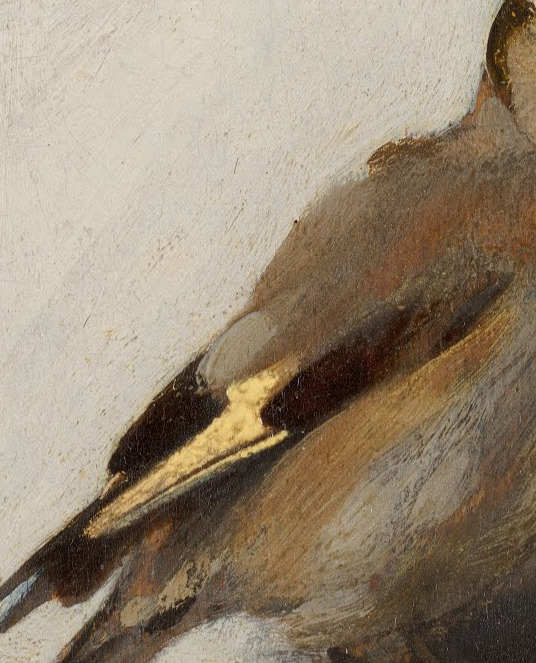


The Goldfinch details - Carel Fabritius (1654)
6K notes
·
View notes
Video
youtube
The fig provides yet more fascinating information
Professor Renee Borges
Entomological Society of America
“symbiosis generates biological diversity”
#figs#figtree#symbiosis#biodiversity#plant science#biology#fig wasps#wasps#coevolution#coevolution mechanisms
3 notes
·
View notes
Text
Interesting etymology
Learning about gymnosperms and thinking about the word gym, remembering I once heard that gymnasiums were so called because citizens exercised in the nude in ancient Greece. Here are some excerpts from Wikipedia:
https://en.wikipedia.org/wiki/Gymnasium_%28ancient_Greece%29
“The gymnasium (Greek: γυμνάσιον) in Ancient Greece functioned as a training facility for competitors in public game(s). It was also a place for socializing and engaging in intellectual pursuits. The name comes from the Ancient Greek term gymnós meaning "naked". Only adult male citizens were allowed to use the gymnasia.Athletes competed nude, a practice which was said to encourage aesthetic appreciation of the male body, and to be a tribute to the gods. Gymnasia and palaestrae (wrestling schools) were under the protection and patronage of Heracles, Hermes and, in Athens, Theseus.[1]”
https://en.wikipedia.org/wiki/Gymnosperm
“The gymnosperms, also known as Acrogymnospermae, are a group of seed-producing plants that includes conifers, cycads, Ginkgo, and gnetophytes. The term "gymnosperm" comes from the composite word in Greek: γυμνόσπερμος (γυμνός, gymnos, 'naked' and σπέρμα, sperma, 'seed'), literally meaning "naked seeds". The name is based on the unenclosed condition of their seeds (called ovules in their unfertilized state). The non-encased condition of their seeds contrasts with the seeds and ovules of flowering plants (angiosperms), which are enclosed within an ovary. Gymnosperm seeds develop either on the surface of scales or leaves, which are often modified to form cones, or solitary as in yew, Torreya, Ginkgo.[1]”

Various gymnosperms LEFT 1-Welwitschia mirabilis 2-Cycas revoluta 3-Taxus baccata 4-Gingko biloba RIGHT 1-Cupressus sempervirens 2-Sequoiadendron giganteum 3-Dammara orientalis 4-Araucaria heterophylla
Unknown, Leipzig ; Berlin ; Wien : F.A. Brockhaus - Brockhaus' Konversations-Lexikon v.8
#etymology#botany#biology#gymnosperm#gym#gymnasium#ancient greece#greek#ancient greek#brockhaus#lexicon#pinecones#pine tree#conifers#conifer#plants#plant science
9 notes
·
View notes
Photo

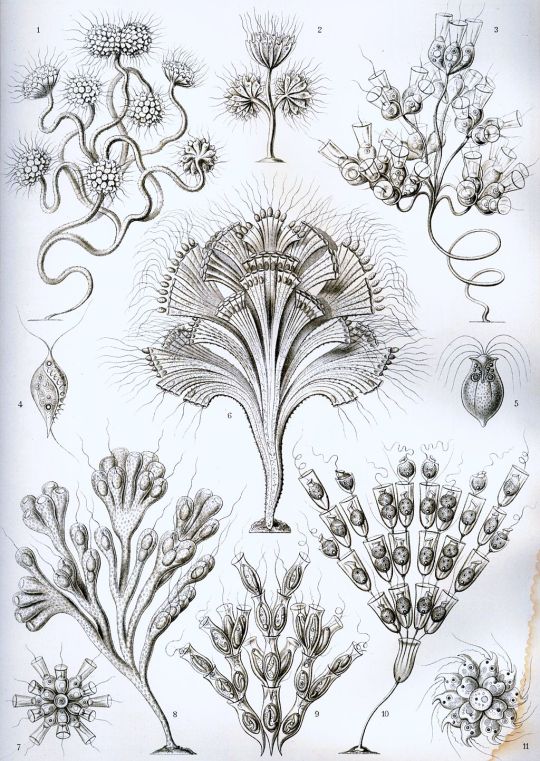
"Flagellata" from Ernst Haeckel's Artforms of Nature, 1904 and "Flagellata" from Encyclopædia Britannica found when looking up Flagellate on Wikipedia.
https://en.wikipedia.org/wiki/Flagellate
Another find inspired by the Biology Lectures from UC Berkeley, below.
youtube
#biology#plant science#flagellate#artforms of nature#eukaryotes#art in nature#plant art#botanical drawing#botanical#March#2021#study
0 notes
Photo
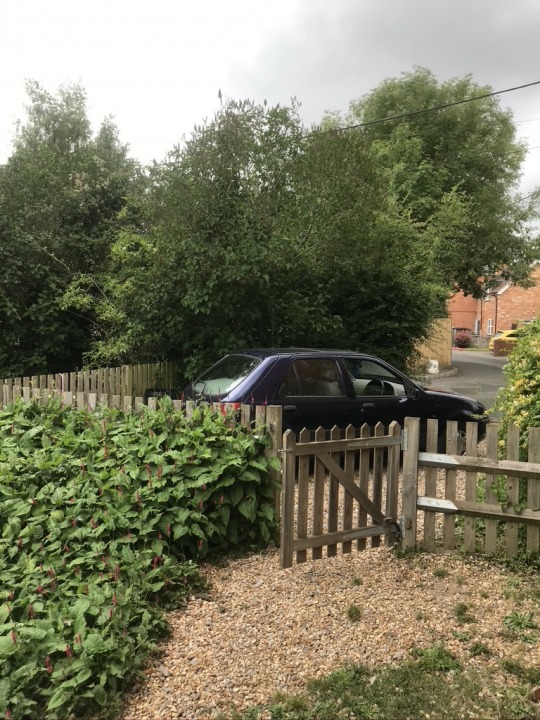



Sunday 14th March
Mother’s day was spent digging over this bed of Persicaria which came with the garden. The rhizomes went deep, twined around each other old and new and making the ground almost impenetrable. The top photo shows the bed in summer when I arrived. I love the plant and certainly want to keep it (especially as flying insects were very attracted to it) but wanted to give them a new lease of life, and have the possibility of adding other plants to the bed. It was tough work but over two days and Mum’s help, we got there. I added a large bag of grit, a large bag of sand, and 5 or 6 barrows full of rotted wood chip to help improve the soil. I have replanted the young, healthy looking Persicaria rhizomes in groups, dispersed amongst the bulbs that came up (possibly bluebell and definitely crocus), snowdrops, nigella, mint, Stipa tenuissima, carex comans, anemanthele lessoniana, verbena bonariensis and aquilegia columbine. Hoping for a spectacular ‘after’ photo to add to these ‘befores’!
#gardendiary#March#2021#persicaria#bee friendly#gardens#gardening#english garden#horticulture#grasses
0 notes
Photo


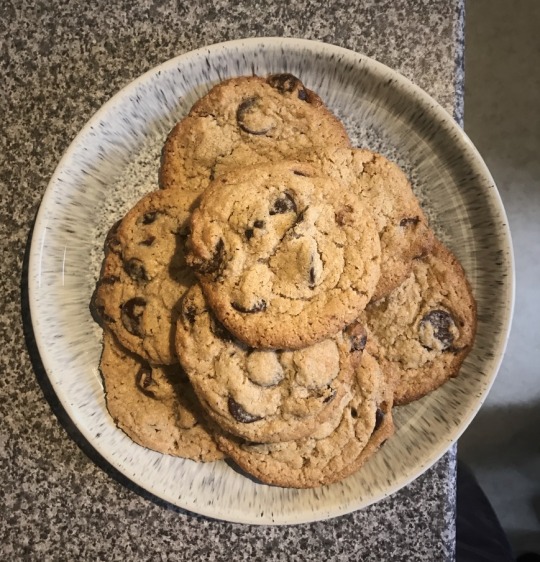
I’ve gone bonkers for cookies.
These are David Lebovitz’s tahini cookies. I used homemade oat flour instead of wheat flour, and reduced the sugar by 40g. I will reduce even further next time as they were definitely sweet enough and the texture was still lovely. I used only 200g dark chocolate chips as that’s all I had. Recipe calls for 280g, but I found it too much. Will try 150g next time. Absolutely delicious... and really special with the tahini.
Here’s the recipe:
https://www.davidlebovitz.com/salted-chocolate-chip-tahini-cookies-cookie-recipe/
#tahini cookies#tahini#cookies#chocolate#choc chip cookies#homebaking#baker#delicious#modern israeli cooking#yummy#dark chocolate#david lebovitz#cookie monster#coffee break#teatime#vegetarian#2021#March
0 notes
Link
Making those tahini cookies I was reminded of an article I read a while ago extolling the virtues, the broad and numerous health benefits of tahini. I love whizzing up a quick tahini sauce to spoon over roasted veg, or using tahini in salad dressings. This article includes a baked sesame and greek yoghurt cheesecake recipe which sounds incredible!
From the above article “Tahini contains more protein than milk and most nuts. It's a rich source of B vitamins that boost energy and brain function, vitamin E, which is protective against heart disease and stroke, and important minerals, such as magnesium, iron and calcium. Most people prefer the paler type, made from hulled (skinned) seeds. The darker sort, made from unhulled sesame, is stronger-tasting and slightly bitter, but arguably healthier, because many of the nutrients are in the husk. An alternative view is that the fibre in the husk impairs mineral absorption. Either way, tahini is nutrient-dense.”
#food#health & wellbeing#life and style#health foods#wonder food#tahini#sesame#vitamins#minerals#nutricious#iron#protein#brain function#energy boost#the guardian#protein rich#vegan#vegetarian#healthy#yummy#delicious#cheesecake#recipe#baking#homecooking#plantbased
1 note
·
View note
Link
Found this very useful website. Plant seller and garden in Northern Ireland. Useful breakdown of options in the menu on the site, good pictures and interesting descriptions of plants.
0 notes
Link


March 11th
Made these today, using recipe in link above (click on title). They are delicious! Best ones I’ve ever made. I added orange zest and a little chia seed to make them more interesting (not that oatmeal raisin cookies need improvement) and reduced the sugars by about 10g each as often these things come out too sweet, and I don’t want them to be insanely unhealthy. I’ll try reducing the sugar even more next time, and also try making them with oat flour and see how they turn out. Really pleased!
#oatmealraisincookies#cookies#baking#homemade#home baking#home cooking#food#jane's patisserie#march#2021#kitchen#comfort food
0 notes
Photo


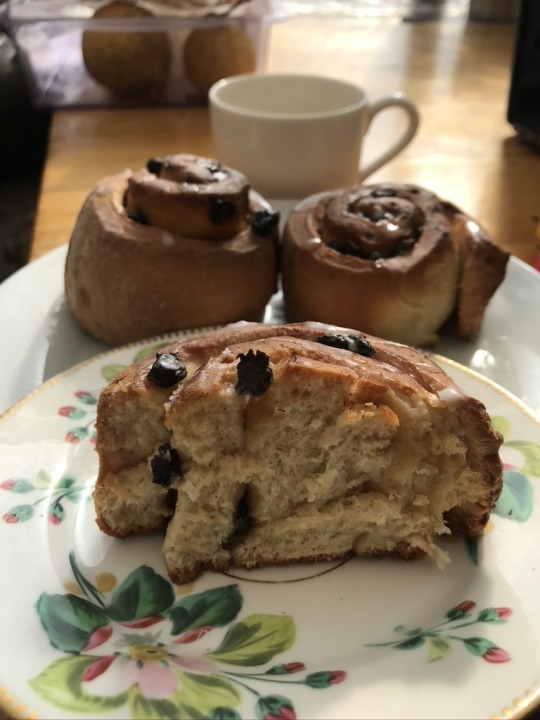
March 9th
I’ve been in the kitchen again, this time getting up early to make Chelsea buns for Dad’s 81st birthday. I know he loves Chelsea buns, finds them wonderfully nostalgic, and remembers his aunt Jessie showing him how to make them when he was a child. It’s also nice to have buns when we’re only three, and have a proper birthday cake when we’re more people to enjoy it. I used Felicity Cloake’s recipe from the Guardian, link here:
https://www.theguardian.com/lifeandstyle/wordofmouth/2015/apr/16/how-to-make-perfect-chelsea-buns-recipe
They were delicious, but I didn’t manage to get them to touch on the second rise, giving that wonderful torn dough at the sides once baked, which is associated with this kind of bun. I couldn’t get the right sized tin, and wonder if the quick yeast was a little old (although the texture was lovely). I shall aim for touching sides next time!
#felicity cloake#baking#home baking#chelsea bun#enriched dough#buns#cooking#food#nostalgic food#March#2021#Birthday#The Guardian
0 notes
Text
“It is spring again. The earth is like a child that knows poems by heart.”
— Rainer Maria Rilke, from The Selected Poetry Of Rainer Maria Rilke: Bilingual Edition [edited and translated by Stephen Mitchell]
(via adrasteiax)
841 notes
·
View notes
Link
Obsessed!

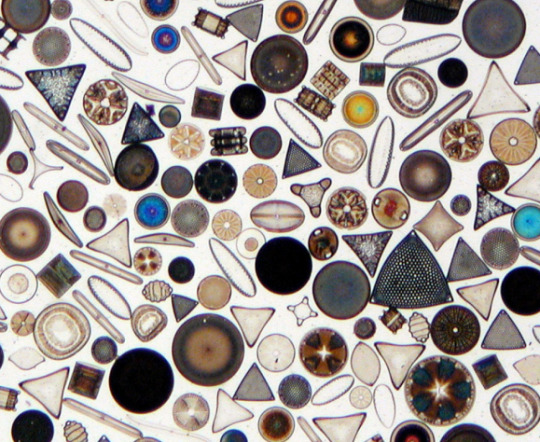

0 notes
Video
vimeo
The Diatomist, by Matthew Killip
I have been watching biology lectures from UC Berkeley and the lecturer mentioned these secretive victorian artists who collected and arranged diatoms under microscopes in decorative patterns. I’d never seen this before or heard of anything like it, and loved the discovery of this secretive and hidden world, marrying art and biology. Wonderful!
5 notes
·
View notes
Link

#art#art meets science#micrography#microscope#diatoms#biology#march#2021#botany#climate change#nature
9 notes
·
View notes